Highlights of Cuba
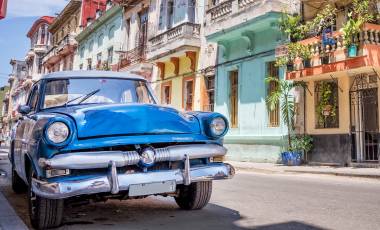
Cuban Highlights Ride

Cycling Cuba
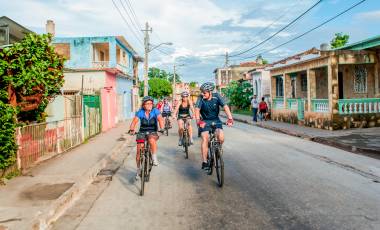
Shape your adventure: With Extensions, every beginning and ending is yours to create. Learn More.
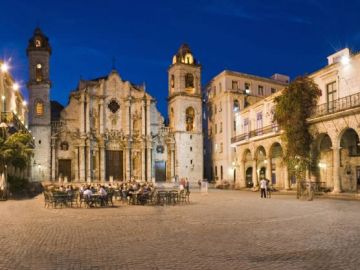
As the largest island in the Caribbean, located just a stone’s throw away from the sunny shores of Florida, Cuba is packed with some of the most distinct cultural and natural wonders to be found in the region.
Cuba’s nine confirmed UNESCO sites (and three tentative ones) are a fine testament to the island’s rich and varied heritage. Here are a few of our favorites:
Old Havana

As the cultural epicenter of Cuba, it’s no surprise Havana’s Old Town — known locally as La Habana Vieja — was awarded UNESCO status in 1982. Don’t be fooled by its rough-around-the-edges exterior: There’s a lot of passion in Old Havana, and the somewhat tattered character only adds to its charm. Here you can walk through squares surrounded by impressive baroque and neoclassic-style buildings, which have made Havana one of the most historically significant cities in the Americas. Can’t-miss activities include taking a ride around the city in a vintage car and sampling a daiquiri in El Floridita, one of Ernest Hemingway’s favorite bars. These stops are ideal for chatting with your local guides about Havana’s past and future!
Trinidad & Valle De Los Ingenios
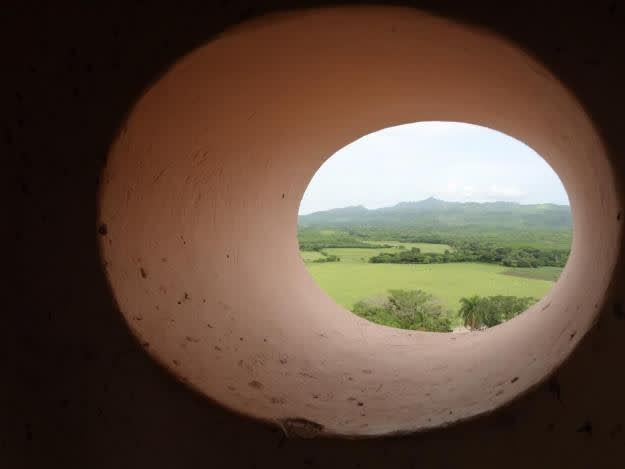
Sugar has played a huge role in Cuba’s cultural heritage in terms of both production and trade. The Valle De Los Ingenios (“Valley of the Sugar Mills”) is in the southern central section of Cuba. Here you can see dozens of ruins of sugar mills that were important for business back in the 19th century. Nearby is the vivacious town of Trinidad, which was founded in the 16th century and acted as a central hub for the sugar industry. Trinidad’s signature colonial architecture is an essential sight for any trip to Cuba, and it’s a great place to catch some authentic live Cuban music as well.
Viñales Valley
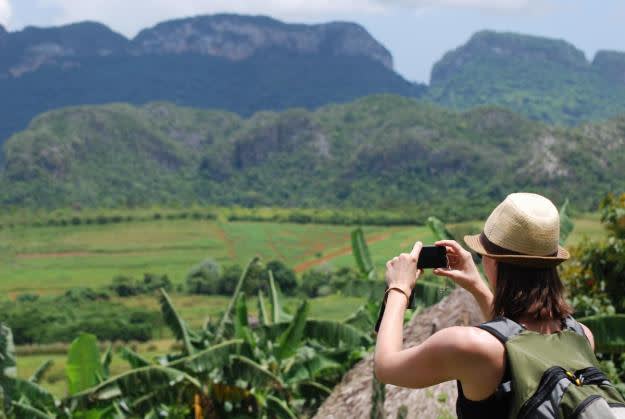
On the west side of the island lies the 51-square mile Viñales Valley, which is filled with small towns and villages, miles of karst landscape and vast stretches of farmland. Traditional agricultural methods have been used here for hundreds of years, primarily in the production of tobacco (another of Cuba’s most famous exports). It was named a UNESCO World Heritage site for this reason, helped along by the signature undulating hills you’ll find here, which burst from the ground in giant mounds measuring up to 1,000 feet high.
San Pedro de la Roca Castle
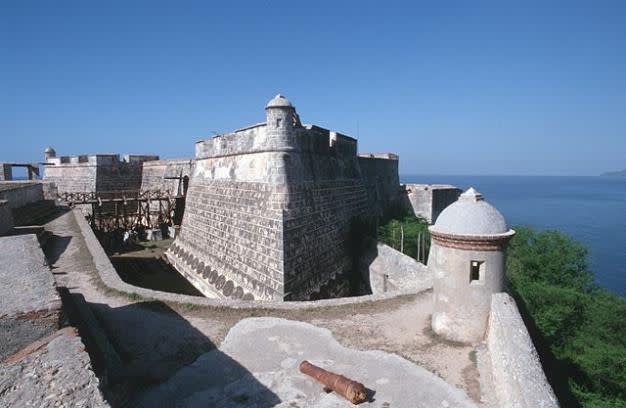
Rivalry tore through the Caribbean in the 17th and 18th centuries, which made the fortifications of San Pedro de la Roca Castle in Santiago de Cuba one of the region’s most important defense points. This majestic fort still stands proudly today as a shining example of Spanish-America military architecture. It’s one of the most historically significant sites in Cuba’s rich history, added to the UNESCO list in 1997. Some of the best views in all of Santiago de Cuba can be found atop the castle walls, looking out over the ocean. There’s also a small museum inside the fort where visitors can learn a little more about its history.
Cienfuegos
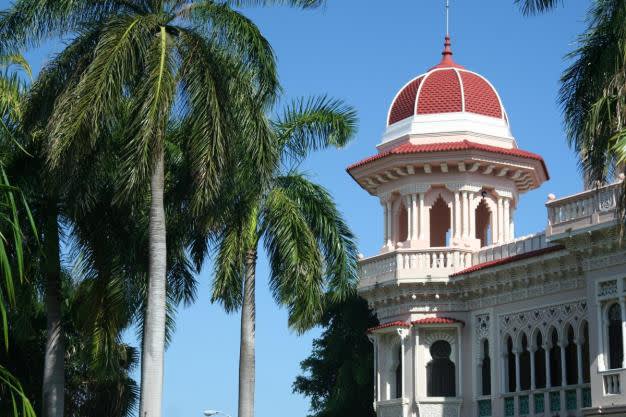
Located just up the west coast from Trinidad, Cienfuegos is another of Cuba’s most mesmerizing cities. When the sugar trade boomed during the 19th century, Cienfuegos began to emerge as a vital urban hub for Cuba’s economy. The town’s architecture is of particular significance: Cienfuegos was heralded as a pioneer for modernity in Latin America during the 19th century. Walking through the city today makes for a captivating experience, with colonial buildings, public squares and monuments, some of which are whitewashed and others splashed with bright Caribbean colors.
Ciénaga de Zapata National Park
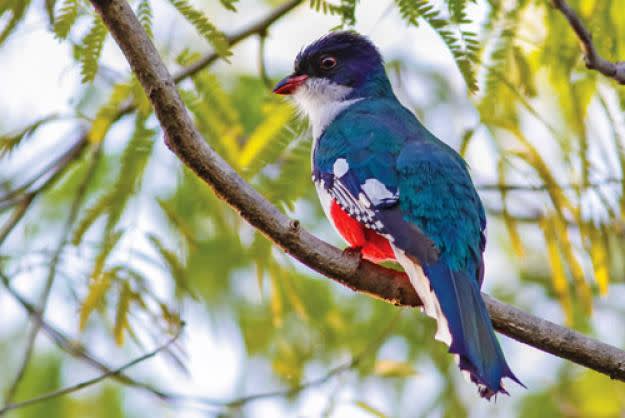
Currently, on UNESCO’s tentative list for Biosphere Reserve status, Ciénaga de Zapata National Park offers a staggering variety of flora and fauna. Located around 90 miles southeast of Havana, these swampy wetlands are very similar to the Florida Everglades, rich with the most diverse wildlife to be seen in Cuba. There are over 30 reptile species and 175 bird species found there, from crocodiles, boars and manatees to flamingoes, Cuban trogons and the world’s smallest bird (the bee hummingbird).
Explore our trips to Cuba here.


